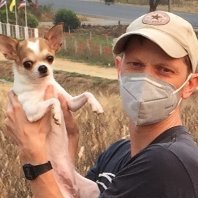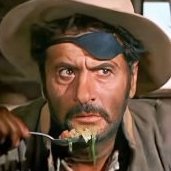Buffet in Chiang Mai with quality Smoked Salmon and other Sashimi
-
Recently Browsing 0 members
- No registered users viewing this page.
-
Topics
-
Popular Contributors
-
Latest posts...
-
64
Views on this latest action from Trump
Yes, you are correct. It was in NYC. -
104
-
7
Trump to Canada: “It will cost you $61 billion, but zero if you become 51st state”
Wonder how much rent the Canadians are going to charge for the land needed to get those sights closer to the enemy ( trumps best pal putin) or perhaps they will say naa blow them up over your own country ehh elbows up tell trump to stick it! -
40
Western Allies Warn Israel Over Gaza Offensive as Fragile Talks Resume in Doha
Two prominent Irish clergymen have urged the international community to ‘grasp reality’ in response to the humanitarian crisis in Gaza. Archbishops John McDowell of Armagh and Michael Jackson of Dublin said they “can no longer stand by and watch the cruel starvation of innocent people”. The archbishops have pinned “hospitals and the continuation of medical care” as “beacons of hope” amid the ongoing crisis and have pledged continued support to the Anglican Diocese of Jerusalem, who run the Al Ahli Arab Hospital in Gaza City. Archbishops urge international community to ‘grasp reality’ in response to humanitarian crisis in Gaza -
40
Western Allies Warn Israel Over Gaza Offensive as Fragile Talks Resume in Doha
Three hundred and eighty writers and organisations including Zadie Smith, Ian McEwan, Russell T Davies, Hanif Kureishi, Frank Cottrell-Boyce and George Monbiot have signed a letter stating that the Israeli government’s war in Gaza is genocidal and calling for an immediate ceasefire. “The use of the words ‘genocide’ or ‘acts of genocide’ to describe what is happening in Gaza is no longer debated by international legal experts or human rights organizations,” reads the letter, which was also signed by William Dalrymple, Jeanette Winterson, Brian Eno, Kate Mosse, Irvine Welsh and Elif Shafak. Organisations including Amnesty International, Human Rights Watch and the United Nations human rights council have “clearly identified” acts of genocide enacted by the Israeli Defense Forces (IDF), the letter says, while public statements by the Israeli ministers Bezalel Smotrich and Itamar Ben-Gvir “openly express genocidal intentions”. Zadie Smith and Ian McEwan among 380 writers and groups to call Gaza war ‘genocide’ -
70
Lindsey Graham tells WSJ he's willing to act without Trump to end 'thug' Putin
Allways thought Burger King tasted a bit off guess I know now!
-
-
Popular in The Pub
-


.thumb.jpg.3ee24d9400fb02605ea21bc13b1bf901.jpg)




Recommended Posts
Create an account or sign in to comment
You need to be a member in order to leave a comment
Create an account
Sign up for a new account in our community. It's easy!
Register a new accountSign in
Already have an account? Sign in here.
Sign In Now